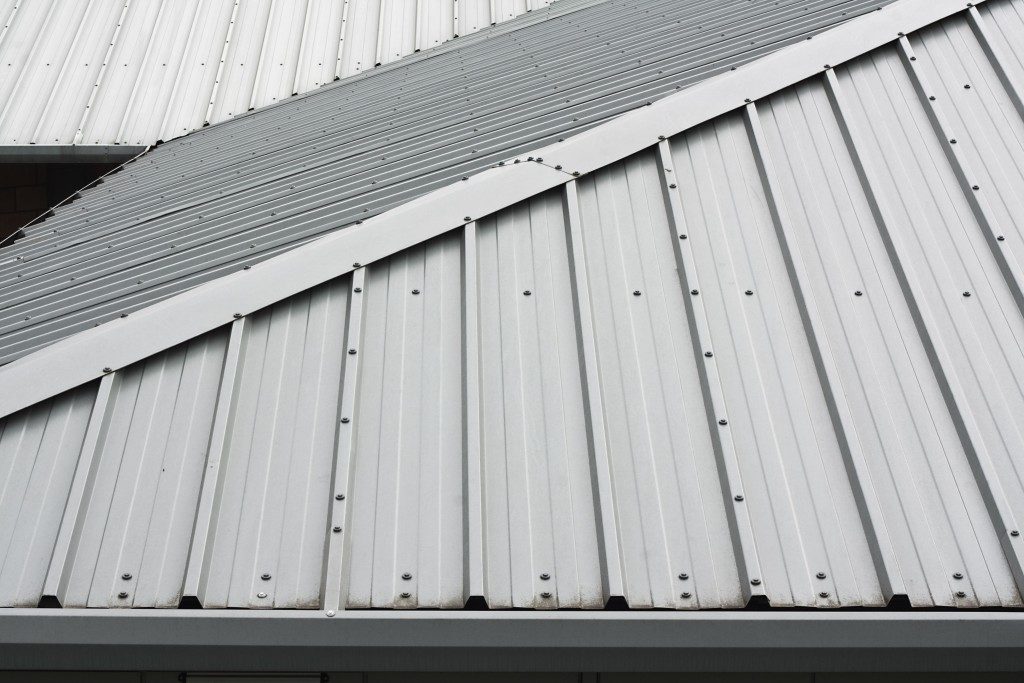The term ‘’ metal roofing’’ is used to describe a range of roofing products. When people hear it, they often visualize a rusty tin roof. Thanks to technology, metal roofing nowadays has a modern and elegant look that can also be painted in several colors to match all landscapes. Some of the leading material alternatives for metal roofs nowadays include aluminum, galvalume, galvanized and stone coated steel, copper and zinc. The panels you choose for your metal roofing are the primary determinants of the style the roof will have.
With the laser cutting technology used by metal fabricators in Utah, it is now possible to get virtually all styles for your metal roofing panels. Different roofing seam configurations will determine the eventual look of these panels. The following are tidbits on what you can expect from the available seam configurations.
Standing Seams
In these roofing panels, the seams will be standing rather than lying flat on your panels. These seams can be 2-3 inches higher than your roofing panel and will act as your roof’s water channels. Your seams can either be rolled into a double-locked joint or snapped together with a continuous sealant under the seam. Bulb, original double-folded, trapezoidal, applied cap and snap-lock seams are some of the available standing seam configurations. Standing seams are generally used in places with heavy rainfall and will reduce the required number of seams. Moreover, they can be easily modified and have a uniform look.
Batten Seams

These are fashioned by bending the edges of your roofing panels upwards then snapping caps on the upturned edges. The spaces between the panels’ mated edges were in the past filled using wooden batten strips hence the name. Nowadays, this space is left open and hidden panel clips installed here. The batten seam is generally used in regions with heavy snowfall and strong winds to strengthen the seams in your roof and boost its durability. The seams are used in modular constructions and are considered architectural roof designs.
Through-Fastened Seams
Here, one roofing panel will overlap the next at the edge and be joined using a strip of sealant. The seam will then be fastened to your roof’s purlins and leave the fastener exposed. The through-fastened seams are thus also called lapped seams. They are the least costly and simplest among metal roofing seam configurations though they are not so aesthetically appealing. Moreover, they are prone to leaks owing to their inherent openings and thermal movements that cause the fasteners to detach.
Wall and Soffit Seams
These require no clips for installation but instead have hidden fasteners behind their flush faces that allow a clean installation design. Wall and soffit seams are versatile and available in various weather-resistant configurations. The installation of the panels is nonetheless labor-intensive.
For most property owners and contractors, metal roofs are infallible and thus do not need more consideration apart from their material choice. The above seam options, however, make a significant difference in the look of your metal roof and its performance. You should thus ensure you get your panels from a fabricator keen on producing the highest quality roofing panels on the market.

